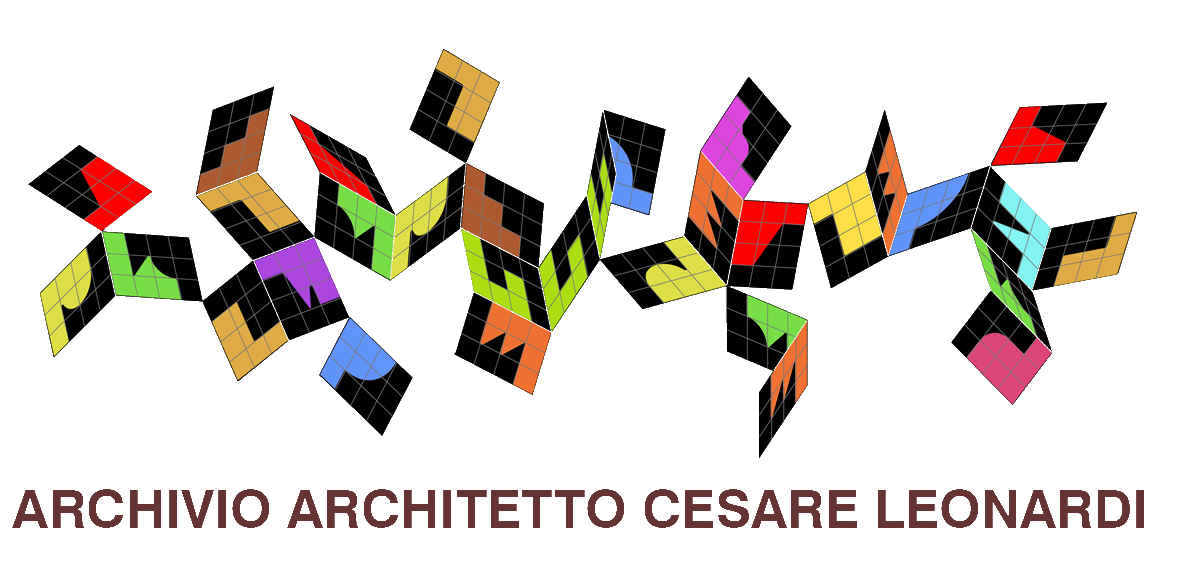Photography
Cesare Leonardi started taking photographs ceaselessly from the age of fourteen onwards, interweaving his artistic and experimental research with that linked to his own activity in the field of architecture and planning.At the start of the 1950s, he focused on the creation of ‘high key’ formalist images, successfully participating in numerous international competitions. Before the end of the decade, he was experimenting with double exposures (modernist architecture, motorcycle windshields) and narrative sequences, like that of a man in a bar watching television – a subject he was to return to on various occasions over the years.Following the invention of the sequential grid as an instrument for the study of trees in the first half of the 1960s, Leonardi decided to apply it to numerous other subjects in order to go beyond the limits of the single photographic shot: he would move around the space in order to multiply the possible points of view, and carries out various shots over a certain time span (a few seconds, days or seasons), before putting the images together on a single board or simply with sticky tape. The 1970s thus saw the emergence of various famous series, ranging from nature to the cityscape, from rural culture to mass media. Most of all, they provide a reflection on time: the central aspect of all his poetics and outlook. Leonardi does not set out to teach us how things are made, but how to go about getting to know them, inviting us, when we look and when we design, to consider the changes made to the object by time.At the end of the 1970s, with Segnali he toys with altering the bijective, codified and normed relationship between meaning and signifier. In the 1980s and ’90s, he carries out commissions for major photographic surveys: the Atlante del Duomo di Modena, but also studies on crafts skills applied to restoration, at the heart of which there lies his both his craftbased and intellectual concept of photography.At the start of the 2000s, he produces new sequences on television imagery, marked by his cutting sarcasm: he reproduces stills from the programming of various channels and, through his usual combination game, puts the visual message back together while tearing the sense apart. The practice of uniting various images thus accompanies the whole of Leonardi’s career, when he continues to explore his own everyday horizon: itself a flexible tool of knowledge, oriented towards invention and renewal.





